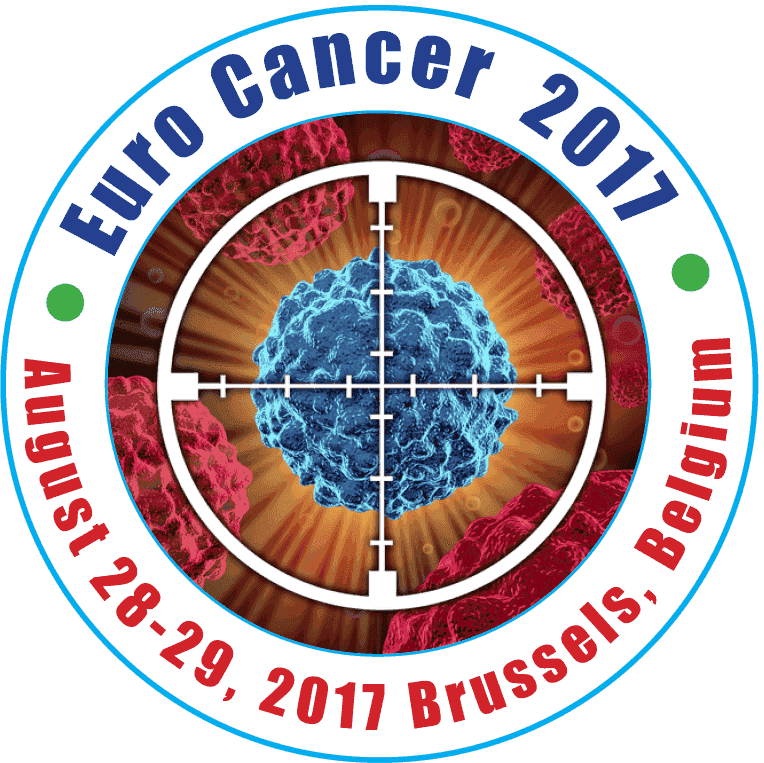
Oleg V. Gerasimenko
Cardiff University, UK
Title: Potential protection from the side effects of antileukemic drug asparaginase
Biography
Biography: Oleg V. Gerasimenko
Abstract
Asparaginase is an essential element in the successful treatment of childhood acute lymphoblastic leukemia, the most common type of cancer affecting children. However, in about 5–10% of cases this treatment causes acute pancreatitis (AP) as a side-effect. In AP, a potentially fatal human disease, the inactive pancreatic pro-enzymes become active enzymes inside the pancreatic acinar cells, digesting the pancreas and its surroundings. Under physiological conditions intracellular calcium signalling and Mg-ATP level are the key elements needed for stimulant-evoked exocytotic enzyme secretion from pancreatic acinar cells. Physiological Ca2+ signals stimulate ATP production, whereas sustained global cytosolic Ca2+ elevations decrease ATP levels and cause necrosis leading to AP. Alcohol and gallstones are the major causes of the disease. Recently we have investigated in vitro the mechanism by which L-Asparaginase evokes AP.For the first time, we have shown that like other
pancreatitis-inducing agents, L-Asparaginase evoked excessive intracellular Ca2+ release followed by Ca2+ entry, decreased the intracellular ATP levels and reduced Ca2+ extrusion. The toxic Ca2+ signals induced by L Asparaginase caused extensive cell necrosis. Our data suggest that the L Asparaginase-induced pathology depends on protease activated receptor 2. The inhibition of PAR2 receptor prevented the toxic L-Asparaginase-elicited Ca2+ signals and cell necrosis. Inhibition of Ca2+ entry with GSK-7975A markedly reduced L-Asparaginase-induced cellular pathology. We have demonstrated a decreased rate of Ca2+ extrusion due to the reduction in the intracellular ATP level limiting the energy supply to the Ca2+ ATPase in the plasma membrane. Supplementation of the medium with sodium pyruvate provided a similar degree of protection against pancreatic necrosis as PAR2 inhibition or GSK-7579A. The established mechanism of action of L-Asparaginase has been confirmed for several sources of asparaginase, including drug Elspar, PEG-asparaginase and asparaginase from both and Erwinia. We have now developed model of asparaginase-induced AP that allows us to fully test our previous findings and develop protection from the side effects of Asparaginase. Both Ca2+ overload and ATP loss play key roles in Asparaginase-induced AP and therapeutic strategies must take both target points into account. We suggest that a combined pharmacological control of intracellular calcium and ATP levels will prevent or alleviate AP and improve childhood cancer treatments.

